35.064 Argolamprotes micella ([Denis & Schiffermüller], 1775)
Status and Distribution
First recorded in Devon in 1963, it has since expanded its range becoming locally common over much of south-west England. Between 1987 and the mid-1990s the moth continued its spread east as far as Hampshire and north across the Bristol Channel to coastal parts of south Wales. Since then it has turned up in East Sussex, Gloucestershire, Kent, Pembrokeshire and Wiltshire.
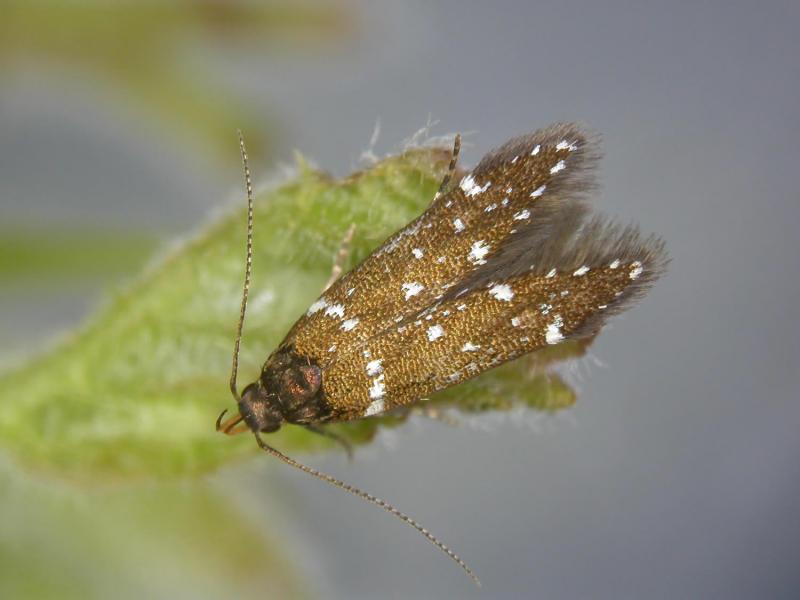
Provisional map
Foodplant and Larval Feeding Signs
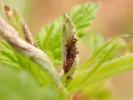
Rubus idaeus (raspberry), see plant distribution map, and Rubus fruticosus agg. (blackberry) - see Heckford 1998.
In Europe also found on Rubus caesius (dewberry).
Larva skeletonises leaflets and deposits small ammounts of dark frass on the tip of a now bleached shoot. After leaf browning, the affected leaflet may drop off leaving little outward sign of the larva's presence.
Finding the Moth
Larva: Found in sunny positions on the edge of tracks between mid-March and early May. Pupation takes place during May and June.
Adult: Can be disturbed from around the foodplant, flies in the evening and at night and comes to light.
Similar Species
No other species has the purplish iridescence and silvery blue speckling.
Single-brooded in mid June to the end of July.
Earliest: 15th June 2007 (VC9).
Latest: 30th July 2010 (VC2).

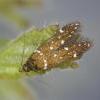
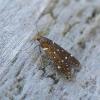
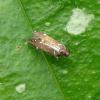
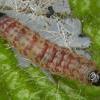
_0.jpg)
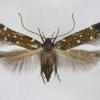
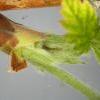
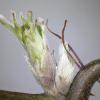
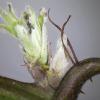
_0.jpg)